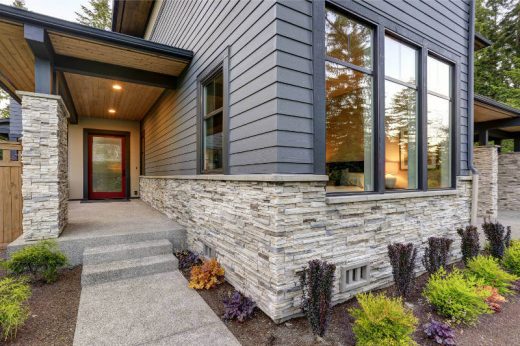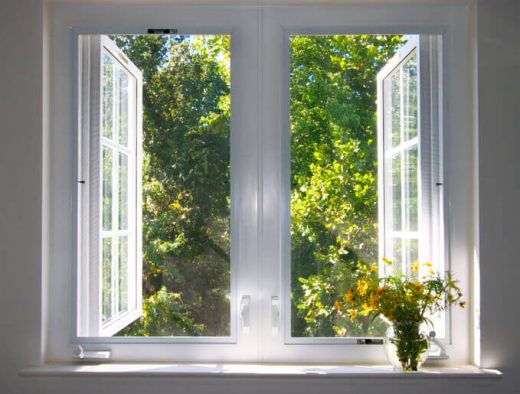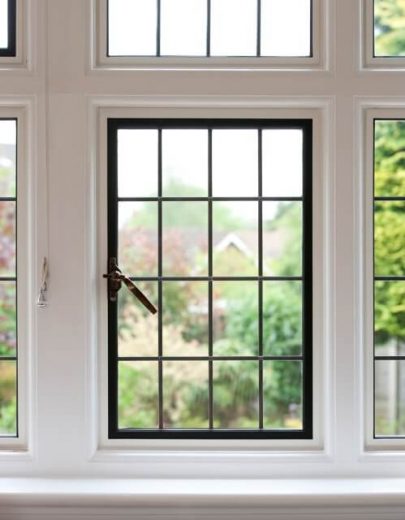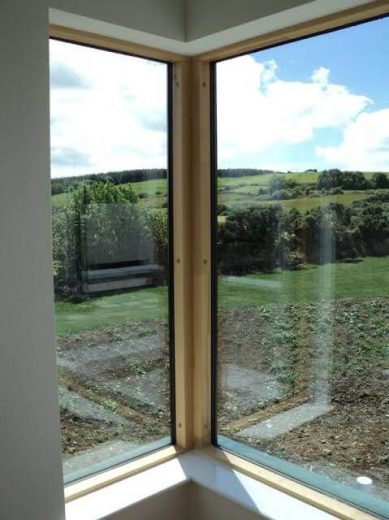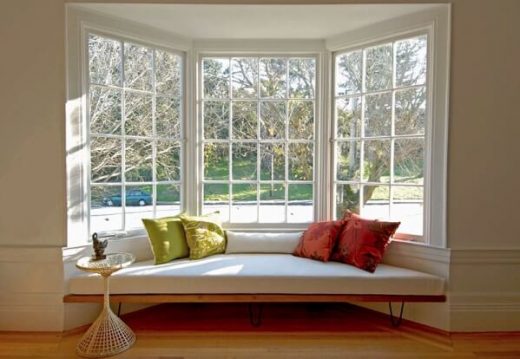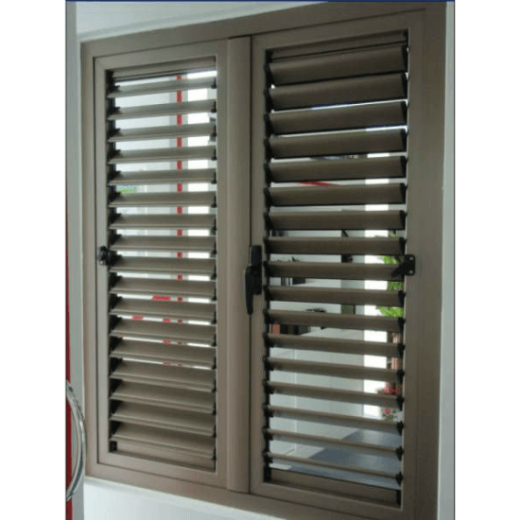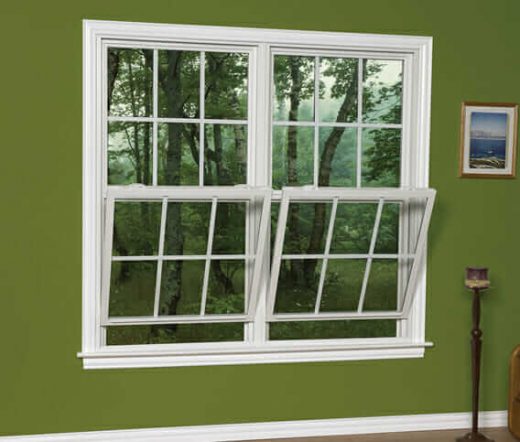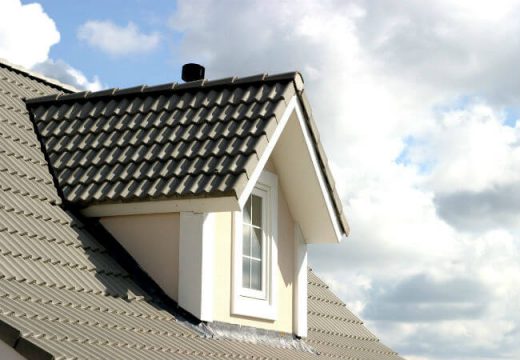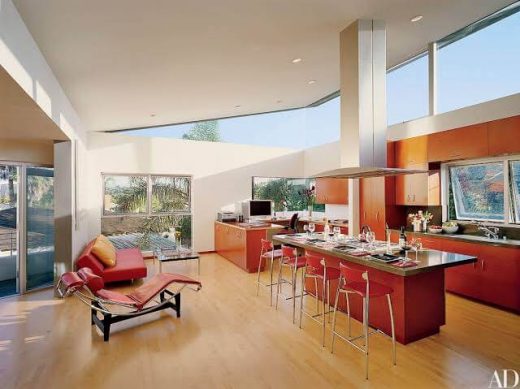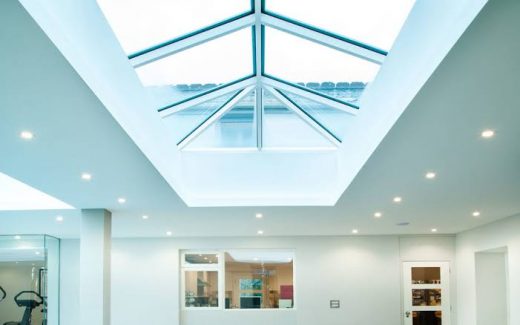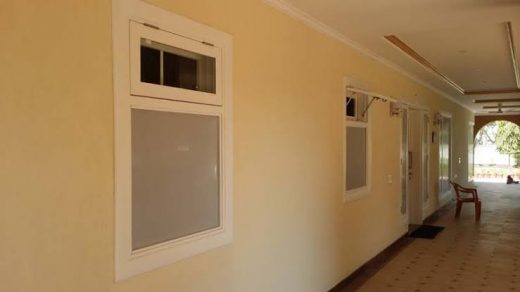A window is an opening place in a building that is usually built over the wall to enable sunshine, free air circulation, and an outside view as well as the passage of sound. Windows are crucial for the ventilation of a room. Timber, steel, and aluminium are the most frequent materials used to make windows.
A number of critical aspects must be considered and followed when choosing a window for a building, including the temperature of that place, the location of the room, the size of the room, the wind direction to the room, the utility of the room where the window must be fixed, and the architectural point of view.
Classification of Windows:
The position, materials, and configuration of windows can all be used to classify them. The following is a list of the different types of windows:
1) Fixed Windows
These windows are anchored to the wall and cannot be opened or closed, but the light can be easily transferred into the room through completely glazed shutters attached to the window frame. The shutters that come with the house are usually waterproof. These windows are sometimes known as pictured windows because they are sometimes solely used to observe natural views outdoors.
The fixed window’s main disadvantage is that it prevents airflow. Where ventilation is not required, fixed windows are employed.
2) Sliding Windows
The window shutters of this type are moveable within the frame. Depending on our needs, the movement could be horizontal or vertical. The addition of roller bearings allows the shutters to move. This style of window is commonly found in buses, bank counters, and shops, among other places.
The main problem with this sort of window is that it cannot be fully opened, leaving one side of the window closed at all times. There are two types of sliding windows: double track and triple track. This form of window has the advantage of being able to move within its own internal space, requiring no additional space to work properly.
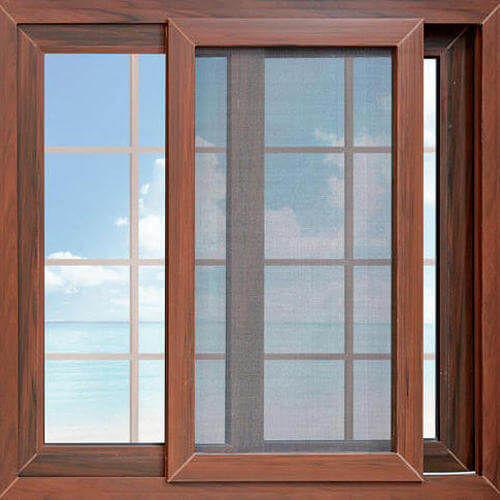
Fig 2: Sliding Windows
3) Ordinary Windows
It is also called casement windows. These days, casement windows are very popular. This window type has a larger ventilation space than other types. Generally, this style of window is not permitted near sidewalks or traffic areas. The casement windows’ shutters are open and close like doors. The frame has been given enough room to accommodate the shutters. The construction of this sort of window is very similar to that of a door. The window shutter panels might be single or many.
4) Glazed/ Sash Windows
The casement window and the glazed/ Sash window are comparable. The window shutters’ panels, however, are completely glazed, as the name implies. Top, bottom, and intermediate rails make up this structure. Small panels known as sash bars or glazing bars are used to separate the area between the rails.
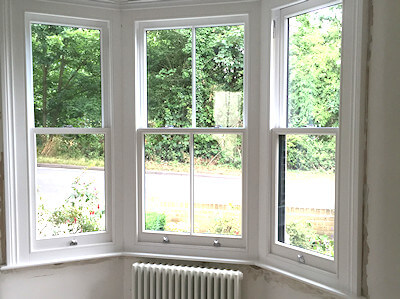
Fig 4: Glazed Windows
5) Pivoted windows
Pivoted windows are similar to casement windows, with the exception that the frame does not require rebates and the shutter action differs slightly. The pivots that allow the shutter to oscillate can be made horizontally or vertically, and they are easy to clean. In addition, it lets in more light than side-hung windows do.
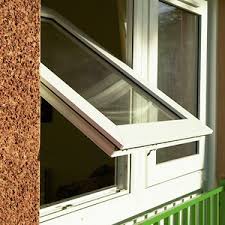
Fig 5: Pivoted Windows
6) Metal Windows
Metal windows, in general, are made of mild steel. These are less expensive and more durable. As a result, these are increasingly widely used, particularly in public and private structures.
Aluminium, copper, stainless steel, and other metals are also utilized to construct windows. However, they are more expensive than mild steel windows. Metal shutters are also available for standard casement windows to offer substantial support for the panels.
7) Corner Windows
A room’s corner windows comprise of two perpendicular faces at the room’s corners. This style of window can let light and air in from two sides. When this sort of window is built, a unique lintel is installed in the wall to support the masonry work above the window’s opening. The room is enhanced by the presence of corner windows.
8) Bay Windows
Bay windows are typically projected against an exterior wall and begin at the floor or sill level. These sorts of windows allow for better air and light ventilation. Bay windows come in a variety of shapes, including triangular, rectangular, and polygonal. If you simply have a few bay windows, you might be able to improve the view of your home.
9) Louvered Windows
These windows enable ventilation without allowing outside visibility, ensuring appropriate privacy even when the window is open. The top and bottom rails of the window shutters are made of louvers and are fixed with louvers. Louvers have a 45-degree slant (recommended). By tilting and lifting the string, the louver’s slope can be maintained. Louvers are often formed of wood, glass, or metal and are used in restrooms, toilets, and other private areas.
10) Double Hung Window
A pair of shutters is linked to a single frame in a double-hung window. Each shutter is stacked on top of the other. Within the frame, these two shutters can be moved vertically. As a result, we can adjust the top or bottom windows to meet our needs.
A chain or string made up of metal weights that are strung over pulleys is used to operate the double-hung windows. The shutters can now be moved vertically simply by drawing the cord weights. The windows can then be adjusted to provide the ventilation or light that we require.
11) Dormer Windows:
Dormer windows are built into the roof’s sloping surface. The primary characteristics of these windows are that they allow for appropriate light and air circulation in the room. Dormer windows are built into roof slopes. It also adds to the room’s beauty.
12) Clerestory Windows
These windows are typically used in rooms with varying ceiling heights, meaning that one room has a higher ceiling height than the others and the window is located at the top of the main roof. When the front side of the room is obstructed from light and air circulation, this style of window is usually installed.
13) Gable Windows:
Gable windows are windows that are typically installed at the gable end of a building’s sloping roof. This sort of window improves the building’s outlook and has been used since ancient times.
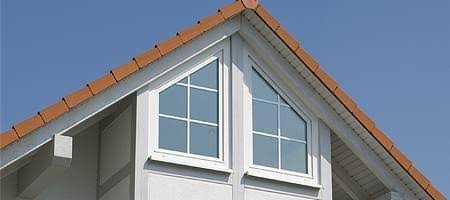
Fig 13: Gable Windows
14) Lantern Windows:
If the room is blocked from all sides and there are no windows in the room’s wall to offer appropriate light and air circulation, lantern windows are installed on the flat top of the structure. However, if the window is to be fixed for air ventilation, hinged shutters must be installed with a string or pulley system to open and close the window. Glass panels should be used to cover the window shutters.
15) Skylight Windows:
Skylight windows are usually waterproof and are installed in a parallel manner on the sloping surface of a pitched roof with glass panels. The primary function of skylight windows in a structure is to allow more light into the space. It can be opened whenever necessary.
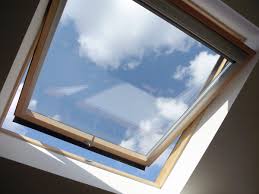
Fig 15: Skylight Windows
16) Ventilators:
Ventilators are typically installed near the room’s ceiling and are quite modest in comparison to the window size. It is set in place and opens upwards and outwards for room ventilation. In the case of ventilators, swivel shutters are provided horizontally. Wire mesh is often used instead of shutters with a parasol to keep rainwater out.
References:
1. https://theconstructor.org/building/types-of-windows/12776/
2. https://dailycivil.com/types-of-windows-uses-in-homes-buildings/
3. https://www.buildersmart.in/blogs/types-of-windows/
4. https://civilnoteppt.com/different-types-of-windows-used-in-buildings/
5. https://www.thebalancesmb.com/types-of-windows-844567
6. http://estudy.rems.co.in/mat/Types_of_Windows_used_in_Buildings.pdf
If you have a query, you can ask a question here.



